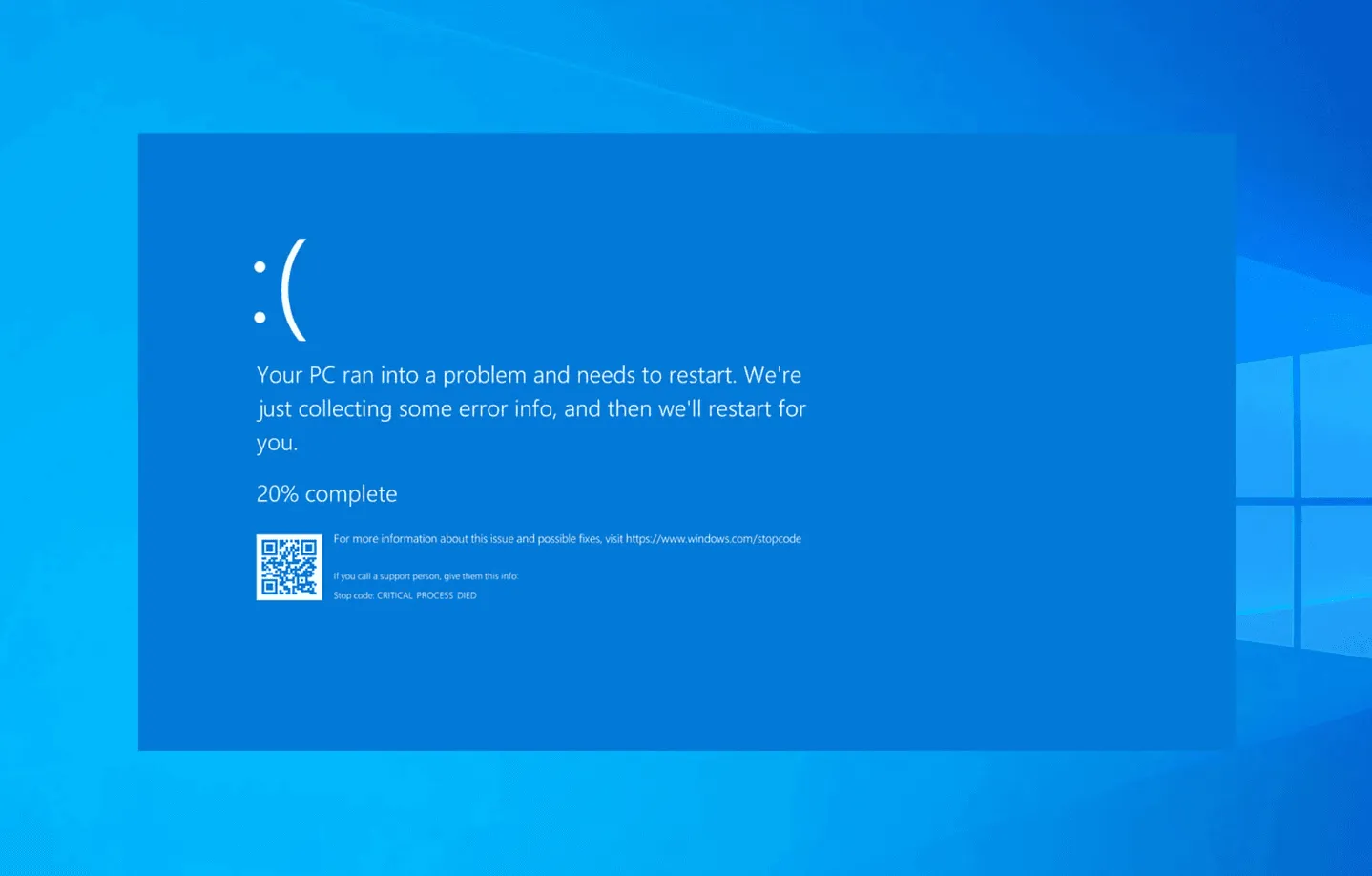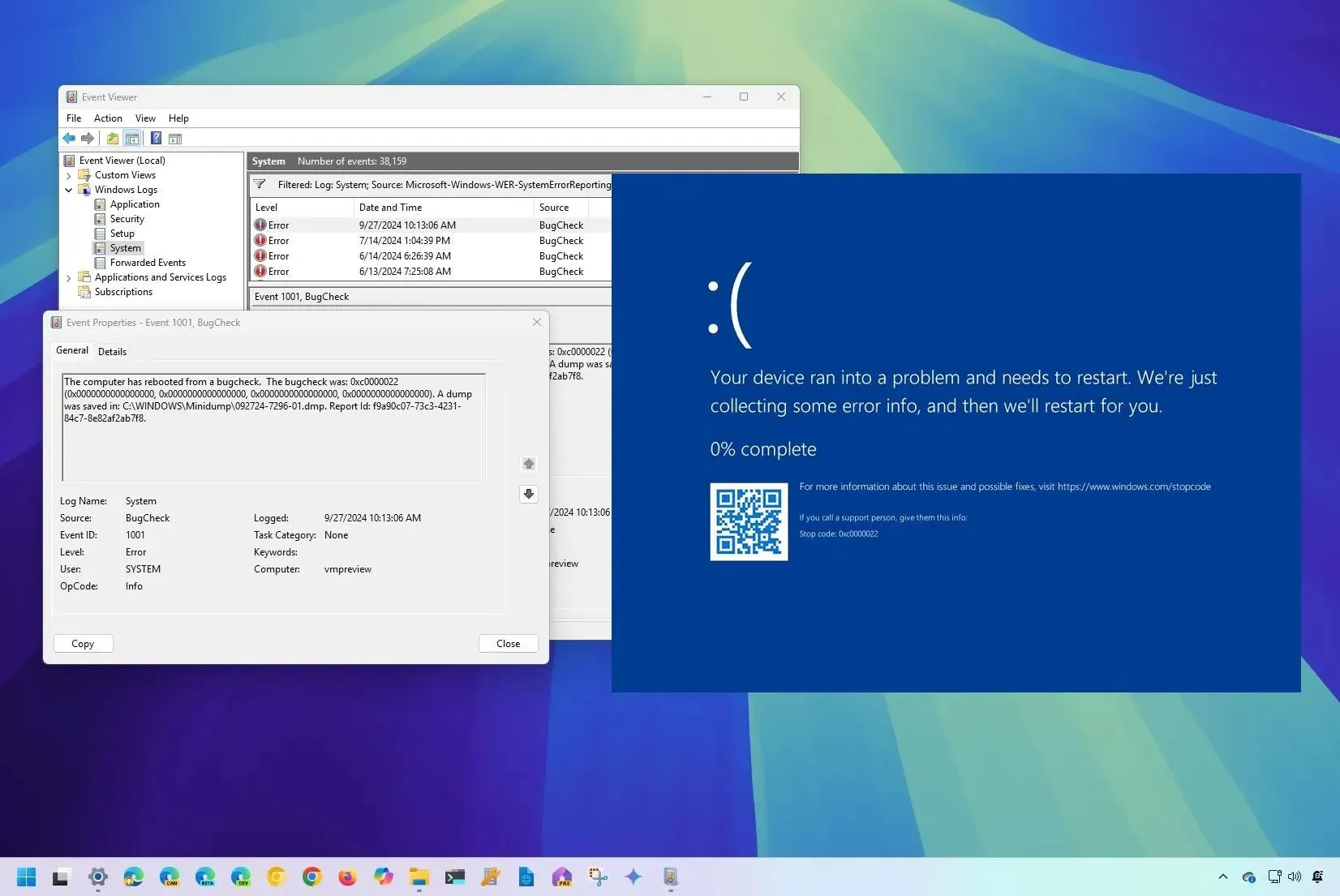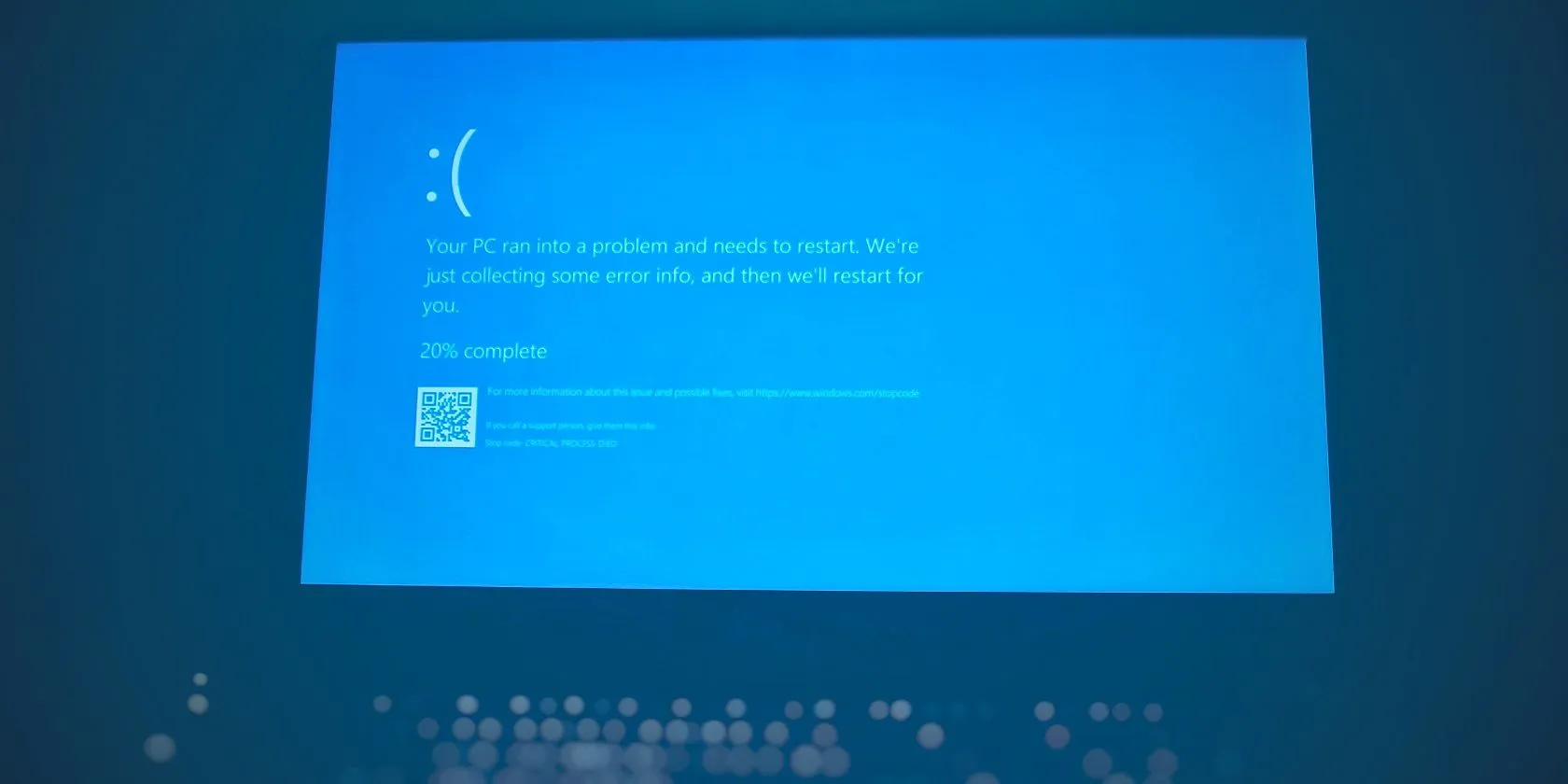Windows users are all too familiar with the dreaded Blue Screen of Death (BSOD), a hallmark of system failure that has plagued PCs for decades. However, Microsoft is set to refresh this infamous screen, aligning it with modern aesthetics and functionality in line with Windows 11’s design principles. Here’s what you need to know about the new face of system errors and how you can get a first-hand look.

A Brief History of the Blue Screen
The BSOD has come a long way since its debut in the early versions of Windows, where it presented a stark, Matrix-like interface. This screen, historically triggered by a critical system error requiring a reboot, has evolved through the years not just in functionality but also in appearance. Martin Nobel’s extensive timeline highlights its transformation from the cryptic messages of Windows 1.0 to the more user-friendly versions that followed.
In recent changes, Microsoft shifted the traditional blue to a less intimidating black background during the Windows NT and Windows 10 eras and even tested a green version during the development phases. Each iteration has aimed to make the screen informative yet less daunting for users, maintaining essential data like the stop code and the faulty component despite aesthetic overhauls.
The New Look: Not Just Blue Anymore
The latest redesign of the BSOD, as shared in a post on the Windows Insider blog, features a streamlined look that adheres more closely to the minimalist design language of Windows 11. Interestingly, the iconic blue is set to change to black in the final version, although it currently appears green during the testing phase.

Gone are the days of the frowny-face emoticon that defined the BSOD since Windows 8. Instead, users will now see a straightforward message: “Your device ran into a problem and needs to restart,” accompanied by a progress indicator for the restart process. This new design still provides the critical technical information but in a cleaner, more modern layout.
How to Experience the New BSOD
For the daring and the curious, experiencing the new BSOD firsthand is possible by joining the Windows Insider program. This platform allows users to test new features before they are rolled out to the public. It’s important to note, however, that this involves some risk, as pre-release versions of Windows can contain bugs.
Those interested in joining can sign up for one of the Insider program’s channels. The Canary, Dev, and Beta Channels offer varying degrees of stability and access to upcoming features. The Beta Channel, in particular, is recommended for those who prefer a balance between early access and system stability, as it features builds that are further along in testing.

What to Expect Down the Line
While the current changes are a significant departure from what users have come to expect, Microsoft has a history of revisiting design elements based on user feedback and technical requirements. There’s always a possibility that the BSOD could revert to its classic blue in future updates or take on new forms as Microsoft continues to refine its user interface.
Whether you’re a long-time Windows user or a newcomer curious about the operating system’s evolution, the new BSOD represents a notable shift in how Microsoft approaches user experience during critical system errors. By joining the Windows Insider program, you can get a glimpse of not just the new BSOD but also other upcoming features that may redefine the Windows experience.


